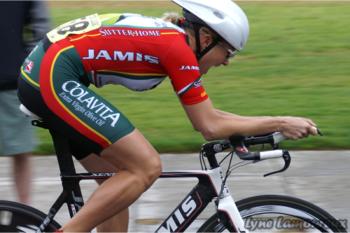



Sports Injuries
Dr. Kevin Toss DC, DACBSP
Diplomate American Chiropractic Boards Sports Physicians

Staten Island, NY - 718-966-7000
Clifton, NJ - 973-777-2536



Cycling Injuries

Though it is generally considered a non-weight-bearing sport, cycling does come with its share of injuries. The fact remains that cycling is a sport with repetitive motions that lead to painful conditions and syndromes based on a variety of factors. Some of these factors include whether or not the bike is properly fitted to the individual, the type of surface the individual rides on, ie: pavement, track or cobblestone, the type of terrain that is being rode on, ie: hilly vs. flat, the speed and intensity of the ride, ie: hilly vs. flat, the speed and intensity of the ride, ie: sprinting vs. long distance, as well as the anatomical variants in individuals such as leg length differences and flat-footedness.
Lastly, cyclists may suffer from ulnar nerve compression, called cyclists palsy, from the excessive leaning of the forearms and elbows on handlebars. This leads to pain and numbness in the inner part of the forearm and numbness and/or tingling in the pinky and ring finger.

Something as simple as riding on a seat that is the wrong height, riding in the inappropriate gear or even pedaling too fast or too slow can lead to cycling-related pain and injury.
The most common cycling-related injuries involve the knee. The repetitive flexing and extending of the knee tends to cause conditions such as chondromalacia patella, patellar tendonitis, bursitis, iliotibial band syndrome, and to a lesser extent, quadriceps and hamstring strains. If the rider has dropped arches as in flat feet, also called foot pronation, the resulting internal rotation of the lower leg leads to stress on the inside portion of the knee causing meniscal irritation with every stroke of the pedal.
Also commonly seen in cyclists are hip related injuries from the constant hip flexing motions. These can include hip bursitis, hip flexor strains, snapping hip syndrome, nerve entrapments leading to groin pain and/or numbness as well as associated lower back pain and lumbar disc degeneration. Rarely, though possible, pudendal nerve compression can lead to pelvic and perineal pain from prolonged sitting on a narrow bicycle seat.